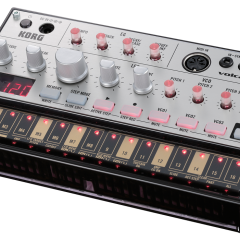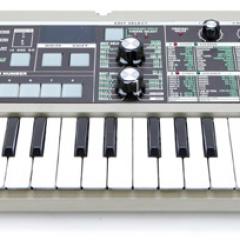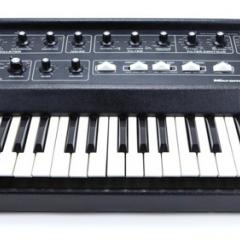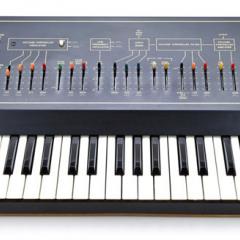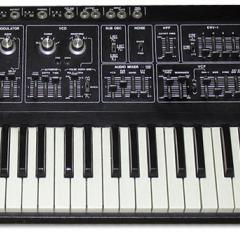Korg Volca Keys
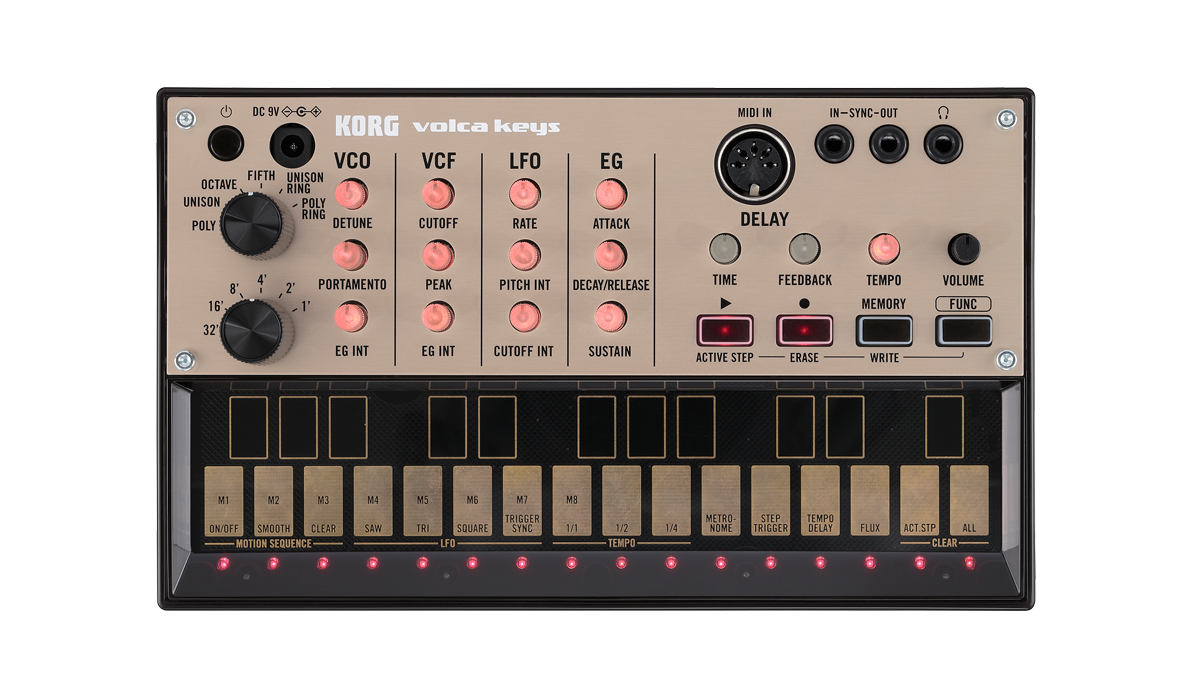
The Volca Keys is a three oscillator analogue synthesizer. Whilst the synth has three note polyphony (the pitch of the oscillators can be individually controlled to play three notes simultaneously), it is paraphonic (the notes are not individually articulated, all three oscillators sharing a single filter and amplifier).
The touchpad on the Keys is larger than the one found on the other two Volcas, being laid out like a traditional keyboard and spanning 27 notes, from F to G. Unlike the other two machines, the Keys does not have lights within each ‘key’ of the touchpad to indicate which note is being played.
The lights below the touchpad, in addition to indicating the status of various functions and displaying the current step in the sequencer, also indicate the note being played with the two adjacent ‘white note’ lights showing when a sharp/flat note is played. Neither does the Keys have a digital display to show information relating to its various functions.
Oscillators
The two large knobs on the Volca Keys control the oscillator voicing and pitch. Oscillator Pitch uses footage nomenclature used in organ terminology, also favoured by Moog amongst others, and is switchable between 32′, 16′, 8′, 4′, 2′ and 1′.
The oscillators produce both square and sawtooth waveforms, but the available waveform is governed by the oscillator voicing. The oscillators can be ring-modulated. The Voice knob selects between: polyphonic mode (sawtooth waveform; up to three pitches can sound); unison (sawtooth; all three oscillators play the same note); octave (sawtooth; two oscillators play the triggered note, the third sounds one octave higher); fifth (sawtooth; two oscillators play the triggered note, the third sounds a fifth higher).
The Voice knob also allows selection of unison ring mode, where the three oscillators produce a single, ring-modulated note using the square wave, and poly ring mode, where there can be polyphony using ring modulation on the square wave. In polyphonic ring modulation (ring mod) mode, a single note will sound as a normal square wave without ring mod but as soon as a second or third note is played, ring modulation will occur. There is no pulse-width modulation of the square wave.
The single Detune knob changes the pitch of the oscillators relative to each other. In Poly and Unison modes, the maximum Detune setting puts the pitch of VCO2 a semitone lower and VCO3 a semitone higher, in Unison mode this will result in the sound of two adjacent minor seconds. At less extreme settings, a more subtle, classic detuned oscillators sound can be obtained.
The oscillators are self-tuning: if the tuning drifts, ceasing to play for at least 10 seconds will allow the auto-tuning function to correct the pitches.
The glide time between note pitches is controlled by the Portamento knob. In Poly mode, a second note will glide up to pitch from the root and a third note will glide up to pitch from the second note. Portamento also works when a note is sustained and the Pitch knob is turned.
The pitches of the oscillators can also be controlled by the envelope generator (EG) using the EG intensity knob. The way the EG varies the pitch of the VCOs varies with differing EG settings: at some settings the note will glide up to the correct pitch at note on, at other settings it rises upwards from the correct pitch at note on and then returns to it, at other settings the note pitch will only fall at note off.
The low frequency oscillator (LFO) generates sawtooth, square or triangle waveforms and can be set to synchronise to note on triggers. The LFO can modulate the pitch of the oscillators, or the cut-off frequency of the filter, with a separate level control for each. (Unlike the Volca Bass, there is no LFO modulation of the amplifier level.) The LFO rate goes well into the audio range, allowing interesting frequency/filter modulation effects that can add useful distortion to sounds.
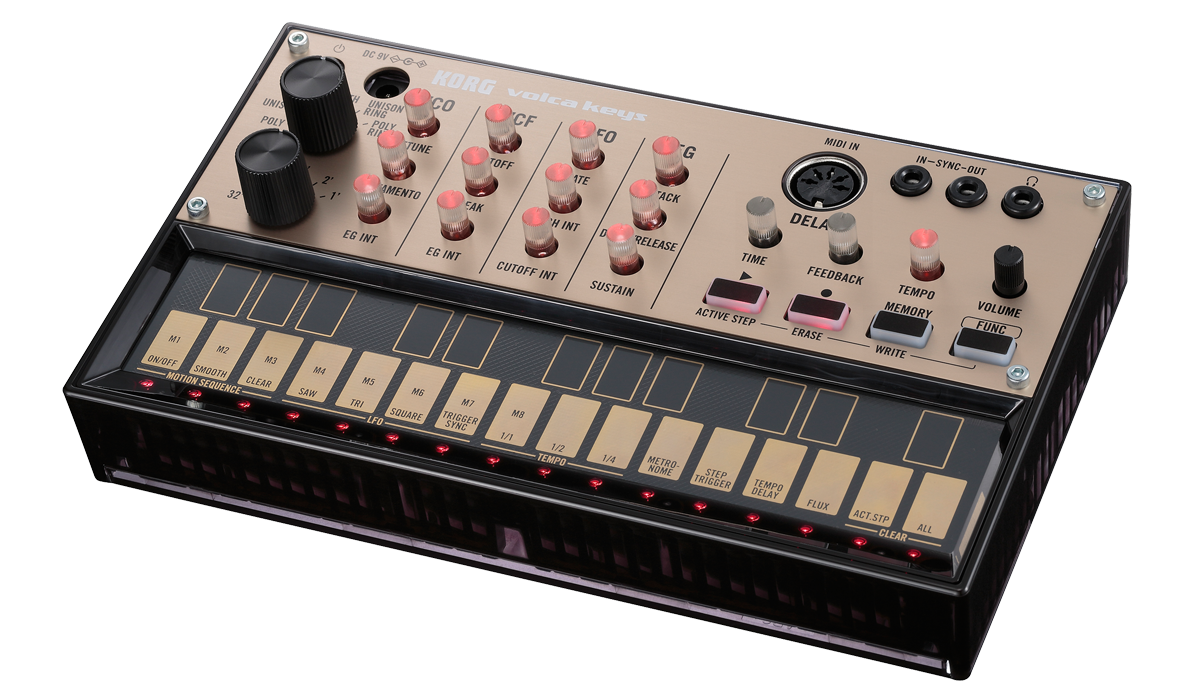
Filter, amplifier and envelope generator
The filter is a 12 dB/octave, resonant low-pass filter, a recreation of the one found in the Korg MiniKorg-700S from the mid-1970s. The filter is reputedly voiced differently to that of the Volca Bass, which is also modelled on the 700S.
There are knobs to set the filter cut-off frequency and the amount of resonance and, unlike these controls on the Volca Bass, the knobs are rather small. The resonance control is labelled Peak and the filter will self-oscillate at high resonance settings. However, as there is no keyboard tracking of the filter cut-off, the pitch of the self-oscillation is static and cannot be played. At high resonance settings the filter has quite an aggressive sound, but perhaps not quite as aggressive as that of the Bass. Unlike the Volca Bass, the filter cut-off frequency can be sequenced on the Keys.
The Volca Keys has a single, very basic, envelope generator (EG). (Interestingly, the limitations of the EG are different to those of the EG on the Volca Bass.) There is a knob to control the speed of the attack phase of the EG, one to control the sustain level and a single knob which controls both the decay and release portions of the envelope. The knob to control the degree to which the EG affects the filter cut-off frequency is located with the filter cut-off and resonance, rather than with the EG controls, another difference between the Keys and the Bass.
The EG does not control the amplifier level, which is a simple gate on/off. (On the Volca Bass the EG can also control the amplifier level.)
In polyphonic mode, the amplifier and the filter envelope are retriggered each time a note is played, which can hinder certain playing styles.
Sequencer
The sequencer is a loop sequencer, recording quantised or unquantised loops of notes from real-time performance. Unlike the sequencer in the Volca Bass or Beats, notes cannot be entered step-by-step. In ‘Active step’ mode, individual sequence steps can be muted, either in real time for interesting polyrhythmic effects, or to allow sequences in time signatures other than 4/4.
Unlike the Volca Bass, variation of many of the parameters on the Volca Keys can be recorded with a sequence – dubbed ‘Motion sequencing’ – including changes to the filter cutoff, detune, portamento, EG control of the oscillators, LFO rate and intensity controls and the EG controls.
The sequencer speed can also be changed to a half, or a quarter, that of the rate selected by the Tempo knob.
The Volca Keys includes a metronome, which is a real boon given that the sequencer isn’t a step sequencer and only records in real time. Notes are automatically quantised, but free recording can be achieved in Flux mode.
Delay
The Volca Keys also includes a delay, with controls for the delay time and the amount of delay feedback. The delay time can by synchronised to various subdivisions of the sequencer tempo. The character of the delay is quite gritty and low fidelity.
Conclusion
The Volca Keys is not without its limitations and drawbacks – inevitable given its size and price – but it is clear that thought and attention to detail has been expended on each of the Volcas individually, plus to the range as a whole, to ensure that these are not unduly limiting and that the three Volcas complement each other. The price, size, portability and sheer concentration of functionality are certainly very much in their favour.
Whilst there is not the degree of control over oscillator tuning that exists with the Volca Bass, the Unison, Octave and Fifth modes are useful for monophonic lead parts or basslines. The Keys is capable of making many pleasing sounds, although there is not quite the timbral variety that can be achieved with the Bass, due to the different modulation capabilities and the fact that a square wave can only be achieved by careful monophonic playing whilst in Poly Ring mode. Nevertheless, the ring modulation modes expand the sonic variety in a direction that is unique to the Volca Keys. The way that portamento and envelope control of oscillator pitch are implemented also add to the uniqueness of the Keys.
Control via a MIDI keyboard is really a must as the touchpad on the Keys is not terribly easy to use polyphonically, despite being larger than on the other two Volcas. With an external controller the Keys responds to pitchbend and modulation. Also, many of the controls respond to MIDI control change (CC) messages, so they can be sequenced.
The Volca Keys itself is a great instrument, its biggest selling point probably being its three-note polyphony at such a low cost. Yes, the limited oscillators, modulation abilities and envelope controls constrain the available palette of sounds and its paraphonic nature can limit playing style somewhat. But these are small prices to pay when there is such a small price to pay for the Korg in the first place, especially for an instrument with as much character as the Volca Keys.
Demos & Media
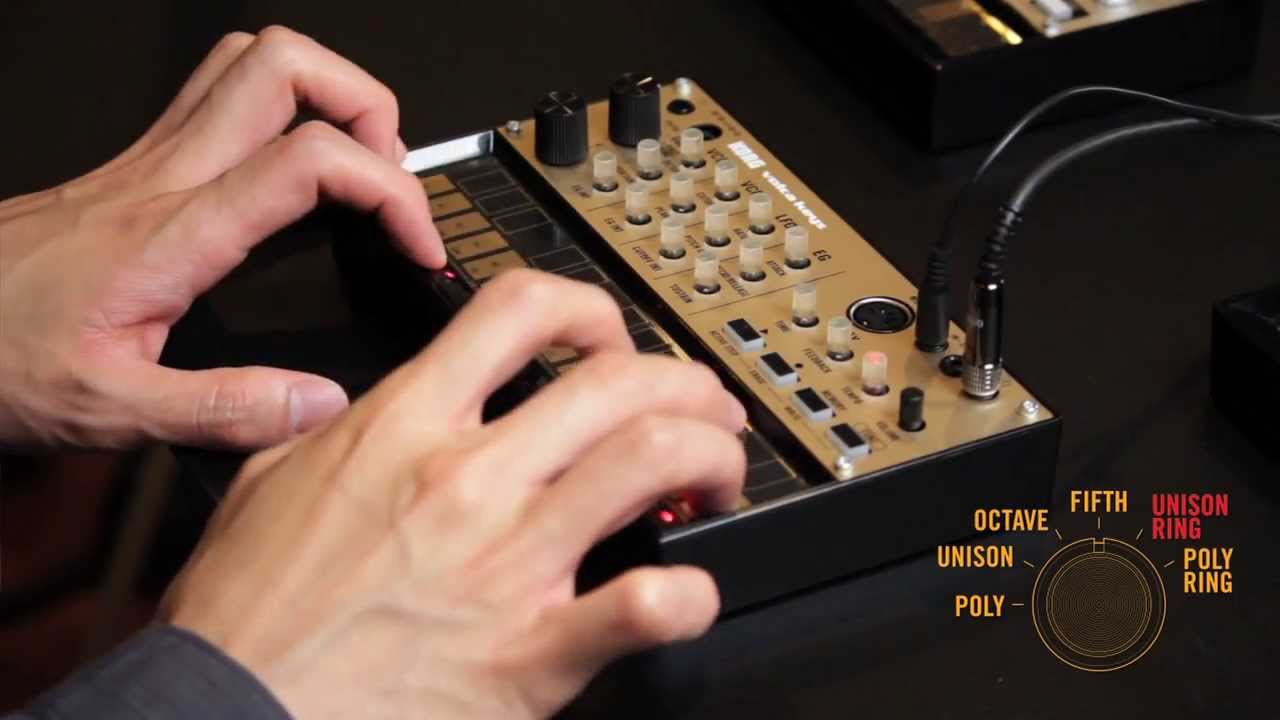
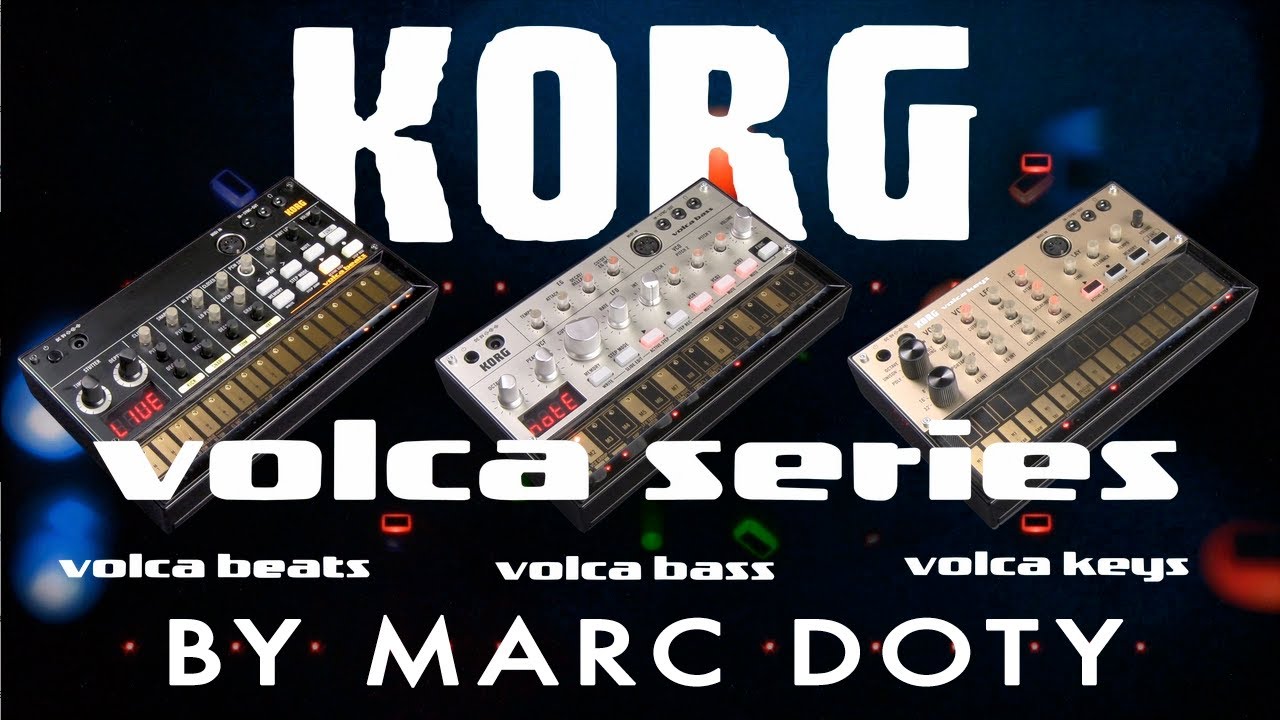
Specifications
Websites of Interest
Resources
Reviewed by: Jorvik
Images from Korg
